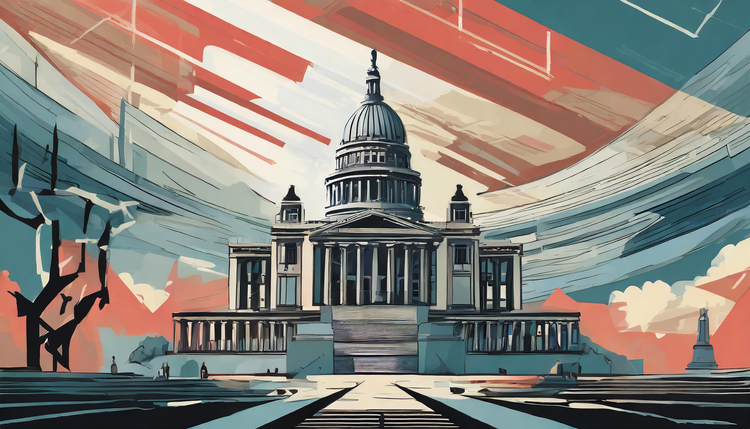America’s "Socioeconomic Decay"
Donald Trump regularly claims that America’s economy is history’s best. By some measures, he’s right. In October, the S&P 500 — an index of the five-hundred largest companies — hit a record high. Only about half of Americans own stocks, though, so the “stock market” paints an incomplete picture.
By other measures, including overall productivity, America’s economy has been in decline for decades. Between 1920 and 1970, America’s economy grew by 3.71% annually. From 1970 to 2006, growth rates were 3.17%.
Then everything slowed down.
Recent Trends
From 2006 to 2016, America’s once-mighty economy grew at an anemic 1.35%. The slowdown was not entirely caused by the financial crisis; the GDP growth rate has only hit its 1920-70 average once since 2001.
What happened?
The first place to look is at the people who make up the economy – and by this measure, the American economy looks very, very sick.
One renowned scholar calls it “socioeconomic decay.” It consists of three interconnected factors.
Fertility
Between 2007 and 2015, fertility rates in the United States declined by nearly 10%. To a large degree, this is a long-run result from a significant decline in marriage rates. From 1965 to 2010, marriage rates for 25-34 year-olds with a high school education declined from 85% to 52%. Fewer families result in fewer babies, less dynamism, and hollowed communities.
Mortality
Another worrisome trend — with enormous human and economic consequences — is that mortality rates are rising in the US. White Americans are dying younger, in general, but rates among high school-educated whites are four times higher than average. This pre-mature, community-wide death sentence is the result of an unholy trinity of drugs, alcohol, and suicide. Kids born in the 1980s are nearly four times more likely to die from drugs, alcohol, and suicide than their parents' generation born in the 1960s. Suburban and rural communities are particularly vulnerable to this menace.
Immigration
Historically, one of America’s greatest strengths was our ability to attract the best, most ambitious people from around the world. Until recently, we took pride in the cultural aspects of immigration — Lady Liberty still stands in NY Harbor — but fail to recognize that our once welcome-to-the-world strength has turned into a moral and economic vulnerability. Between 2000 and 2016, the number of foreign-born individuals living in the US has declined from 37% to just 20%. As our native population ages and domestic birth rates drop, immigration numbers should be moving in the opposite direction.
To put it bluntly, Americans do not have enough children; die too young; and are not replenishing the ranks with smart, ambitious foreign-born students, entrepreneurs, and workers.
In a society where everything is political, perhaps someone should take up the unsexy but all-important cause of socioeconomic decay.
It is literally killing us.





